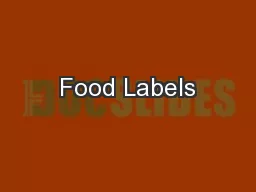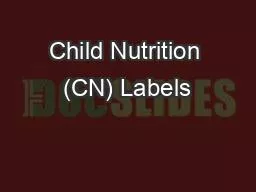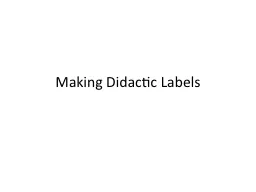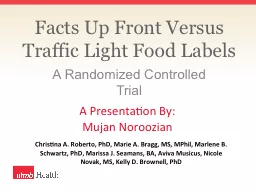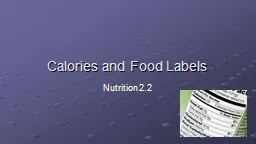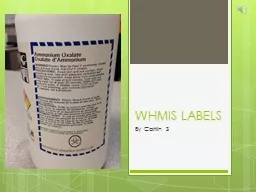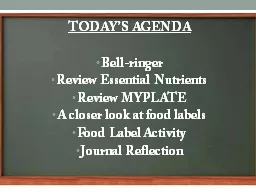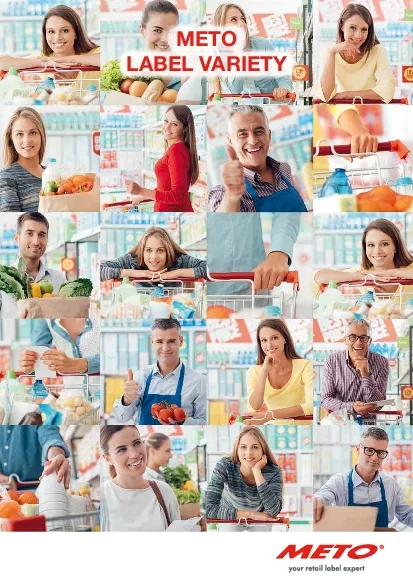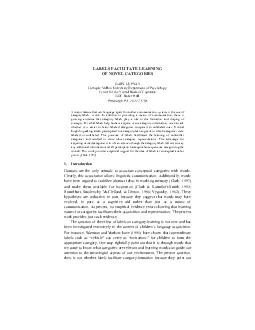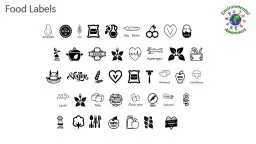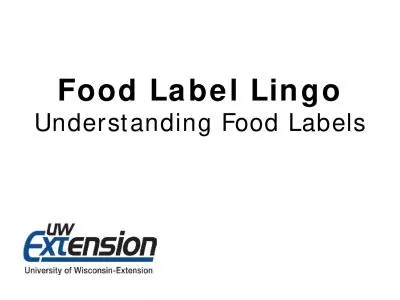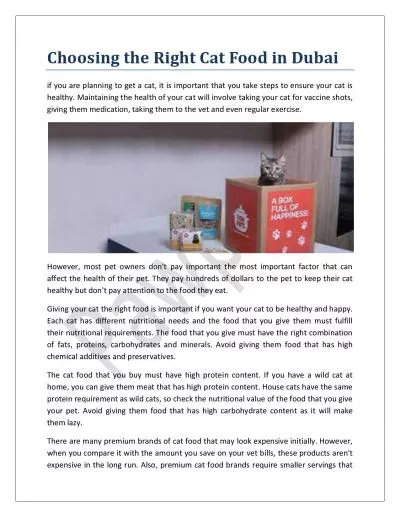PPT-Food Labels
Author : karlyn-bohler | Published Date : 2017-08-14
Food Labels Food labels help us determine the nutrient content of foods They are required for most prepared foods except those that dont provide many nutrients such
Presentation Embed Code
Download Presentation
Download Presentation The PPT/PDF document "Food Labels" is the property of its rightful owner. Permission is granted to download and print the materials on this website for personal, non-commercial use only, and to display it on your personal computer provided you do not modify the materials and that you retain all copyright notices contained in the materials. By downloading content from our website, you accept the terms of this agreement.
Food Labels: Transcript
Download Rules Of Document
"Food Labels"The content belongs to its owner. You may download and print it for personal use, without modification, and keep all copyright notices. By downloading, you agree to these terms.
Related Documents

